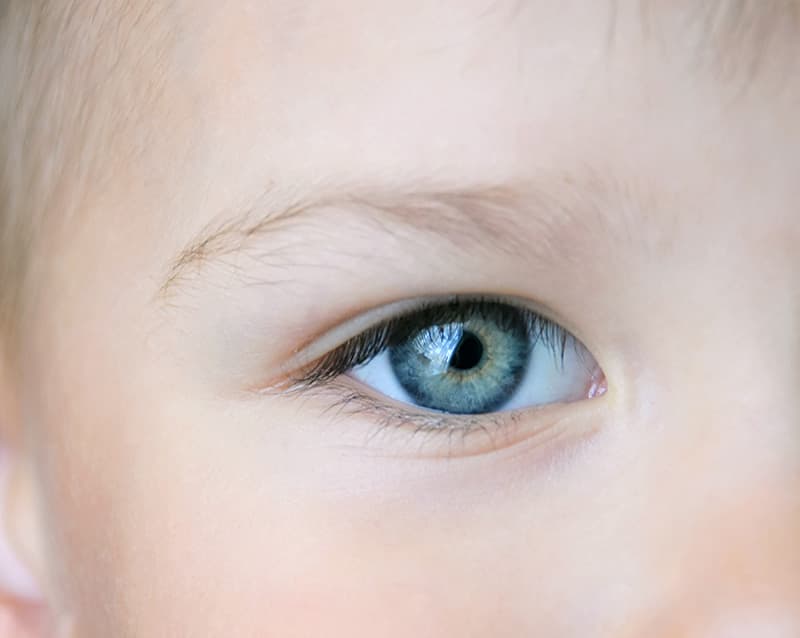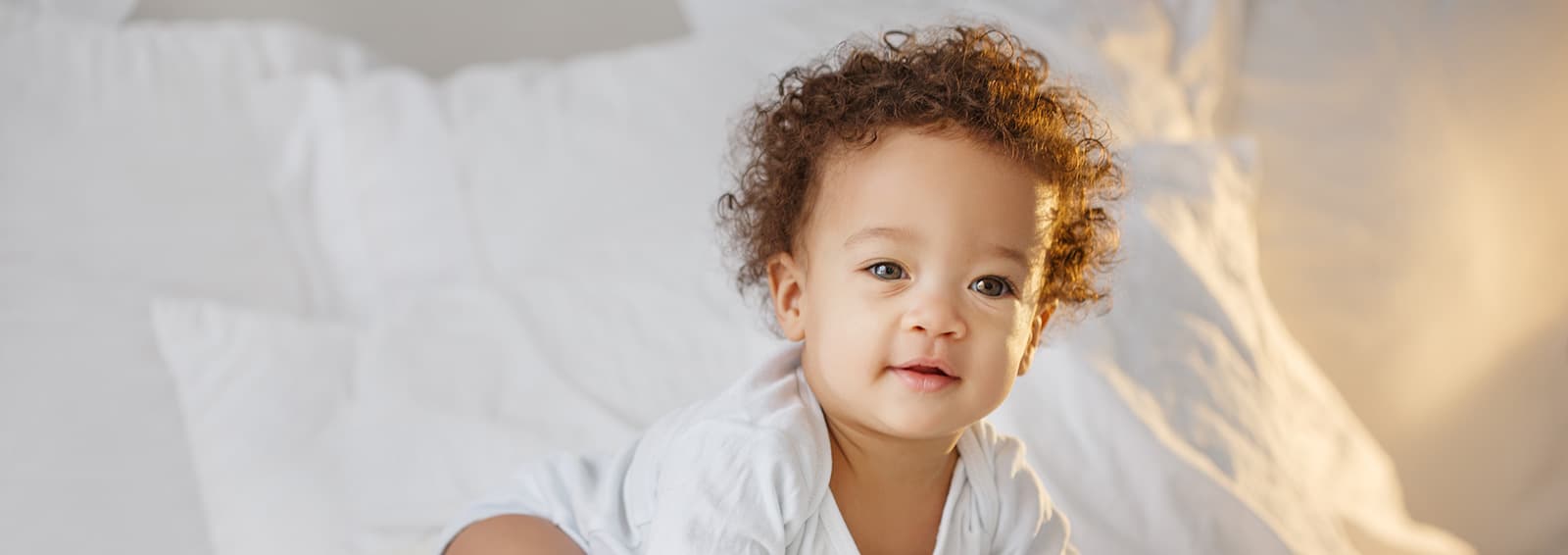Juvenile and Congenital Cataracts
Cataracts are often a condition of aging vision, but congenital and juvenile cataracts can occur. Congenital cataracts, which are present in infants at birth, are a leading cause of treatable childhood blindness and affect up to 15 of every 10,000 babies worldwide.1 At Fraser Pediatric Eye Care, our pediatric ophthalmologist Dr. Lucas Bonafede, is experienced in diagnosing and treating pediatric cataracts.
What Are Cataracts?
Cataracts are a clouding of the eye’s natural lens. In a healthy eye, the lens is clear and acts to focus light to the retina in order to facilitate vision. A cataract acts like a film over the eye’s vision that causes decreased vision. While cataracts in older people occur gradually, cataracts in children are often more severe; therefore it is important to seek care from a qualified pediatric ophthalmologist.
What Causes Pediatric Cataracts?
The exact cause of pediatric cataracts is unknown in most cases, although cataracts in infants can sometimes be attributed to genetics and cataracts in older children can be caused by injuries.2
Types of Juvenile Cataracts
Congenital Cataracts
Cataracts that are present at birth are congenital cataracts, even if the cataracts are not diagnosed right away. Congenital cataracts may be due to genetics, premature birth, infections, systemic conditions, or unknown causes.
Acquired Pediatric Cataracts
A traumatic injury to the eye may cause an acquired cataract in older children.
Secondary Pediatric Cataracts
Secondary cataracts are caused by another medical condition, such as uveitis (inflammation of the eye), metabolic syndromes, or as a complication of steroid medications.

Symptoms of Cataracts in Children
Cataracts do not typically cause any pain. They will usually impair vision, but it can be difficult for parents to assess visual impairment in infants. It is important to have your child examined by a pediatric ophthalmologist if they have any eye problems or if congenital cataracts run in your family. Things to look for that may be signs of juvenile cataracts:
- A white or cloudy spot on your child’s pupil
- Your child does not react to large, colorful visual stimuli
Treatment for Juvenile and Congenital Cataracts
Surgery is the primary treatment for juvenile cataracts. Congenital cataracts are often treated with surgery 6 to 8 weeks after birth.
Cataract surgery involves removing the clouded lens. An artificial intraocular lens (IOL) may be placed depending on the age of the patient. In very young patients or in certain conditions, an artificial intraocular lens (IOL) may not be placed. In these cases, patients will require contact lenses or glasses to focus the vision.
Prompt diagnosis and treatment are very important for proper eye development. If left untreated, congenital cataracts can lead to other eye issues such as glaucoma, strabismus (eye misalignment), and impaired vision. Children with cataracts may also need to be treated for amblyopia. After cataract surgery, your child will need follow-up care and they may need corrective lenses to ensure their eye health and proper vision development.
Contact Us
If you are seeking treatment for juvenile cataracts in the Metro Detroit area, we can help. Dr. Bonafede can answer any questions about this pediatric eye condition and create a treatment plan for your child. Contact us to schedule a consultation appointment.
Ready to Schedule an Appointment?
Book Online Sources
Sources
1 Lin H, Yang Y, Chen J, Zhong X, Liu Z, et al. (2014) Congenital Cataract: Prevalence and Surgery Age at Zhongshan Ophthalmic Center (ZOC). PLOS ONE 9(7): e101781. https://doi.org/10.1371/journal.pone.0101781
2 The Pediatric Glaucoma and Cataract Family Association. Cataracts. Available: http://pgcfa.org/cataracts/ Accessed August 30, 2021.
Dr. Lucas Bonafede has either authored or reviewed and approved this content.

